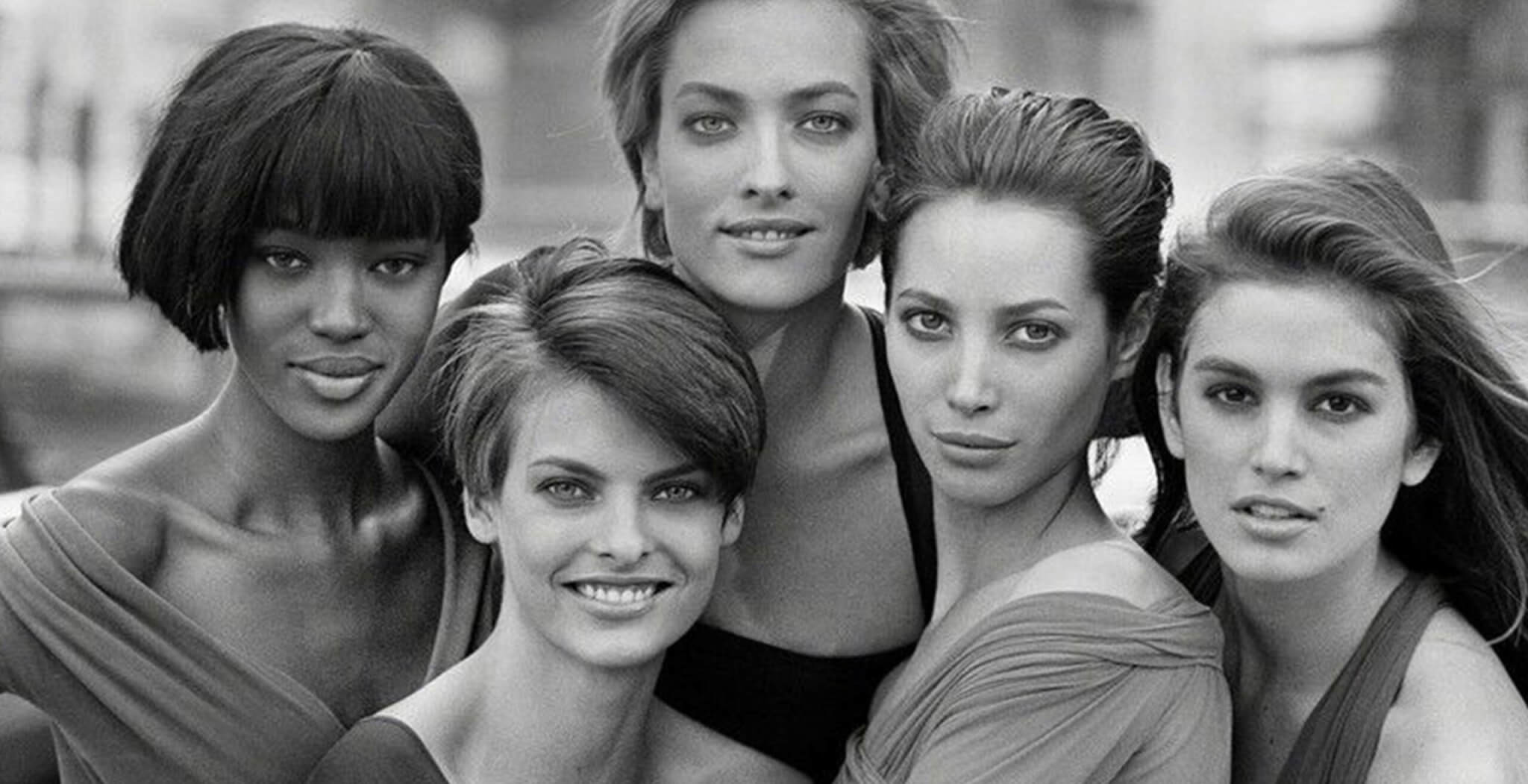Female empowerment doesn’t feel like a state of mind anymore; it is more so a trendy occurrence in the 2020s woke era that now gets greeted with eye rolls, especially as the internet drifts deeper into the manosphere. The quiet return of conservatism has exposed a deep cultural split, fueling polarization within a generation already marked by ambivalence and ideological fatigue. But are we really so over the empowerment conversation that we ignore the numbers? Globally, 74 to 80 percent of fashion students are women, yet only 14 percent lead the major brands.
Fashion, like all art, reflects society. It’s an unspoken language of our way of projecting values, emotions, and identity into the world. It doesn’t just respond to the zeitgeist, it creates it. And yet, when you zoom in on who holds the power in fashion, the image becomes less revolutionary.
Fashion is broadly marketed towards women, bought by women, loved by women, but the top jobs are still disproportionately handed to men. The industry loves to paint itself as feminine, progressive, and inclusive until there’s money, prestige, or a Creative Director title on the table.
Fashion as a field has long been stereotyped as ‘silly’ or ‘superficial’ when it’s embraced by women, until a man enters the scene and it’s suddenly taken seriously. Now, in a rare and refreshing move, Meryll Rogge has been named the new Creative Director of Marni, following Francesco Risso’s nearly ten-year reign at the house.
Just two weeks before the official announcement, Rogge had already sparked speculation after winning the prestigious ANDAM Prize. Her résumé speaks for itself: years of experience at Marc Jacobs and Dries van Noten, plus her own namesake brand launched in 2020. Her design language perfectly blends with Marni’s house codes, characterized by upcycled materials, playful silhouettes, and patterns that make you drift off into a nostalgic yet joyful alternate universe.
But online, gender conversations in fashion are often treated like a joke. Memes are born out of the recent many switches in Creative Directors at fashion houses like the triangle swap between Pierpaolo Piccioli, Demna Gvasalia, and Alessandro Michele. That kind of satire masks a bigger issue.
When female creative directors do leave top houses, it’s treated as a kind of spectacle being celebrated, like Maria Grazia Chiuri exiting Dior and Virginie Viard doing so at Chanel. As if just being a woman in the role was the problem, not a symptom of a deeper one. Dealing with the topics with humor raises awareness, sure, but often without the seriousness the issue deserves. So when Maria Grazia Chiuri left Dior, the noise was louder than the nuance. Nobody really asked what her departure meant for the already-shrinking number of women in those roles.
So why does gender still dominate the conversation around creativity? And why does it feel like female success is still treated like an exception, not the standard?
Let’s be real: Meryll Rogge wasn’t hired because she’s a woman. That’s not how the fashion industry works, especially not one still dominated by men in boardrooms. Which is exactly why we need to keep talking about gender, because the system isn’t designed to encourage, mentor, or even imagine women in those roles at scale.
The talent pipeline is overflowing, but the opportunities at the top are still handed out like rare coins. Women are left climbing a mountain, while the men get a lift to the top. This isn’t about tokenism. It’s about dismantling a system that still resists imagining women as fashion’s true creative leaders. The real question isn’t “why are there so few women at the top?”, it’s “why are we still okay with that?”
Right now, Rogge is the only female creative director under OTB, Marni’s parent company. And even though fashion loves to sell itself as a playground for self-expression, it’s still tethered to the same patriarchal structures that run the rest of society. Fashion might let us dream, but it’s still stuck in its affair with the myth of the tortured male genius. Think Galliano, McQueen, Lagerfeld.
Women, meanwhile, are often framed as “crafty” or “diligent” rather than visionary. Behind the brands are massive luxury conglomerates—LVMH, Kering—mostly run by men. That’s not a coincidence. Men in power tend to hire … other men. Nepotism and old boys’ clubs are alive and well. Changing that structure won’t happen overnight. It may lie in the hands of Gen Z, yes, but also a generation torn between radical progress and a surprising tilt toward conservative values. They still have to play by the rules of the system they’re trying to break. But for starters, we could stop celebrating women’s exits and start celebrating their wins.
Maria Grazia Chiuri and Virginie Viard weren’t perfect, no Creative Director really is, but treating their departure like good news only reinforces the idea that women don’t belong in those roles to begin with. Being a woman doesn’t automatically make someone a great designer, but in a system where there’s no gender equity, every Meryll Rogge, Miuccia Prada, Phoebe Philo, and Stella McCartney represents something more than just her brand. She signals to the 75% of female fashion students out there that they’re not just destined to be assistants or behind-the-scenes ghosts. And that is worth celebrating.




























